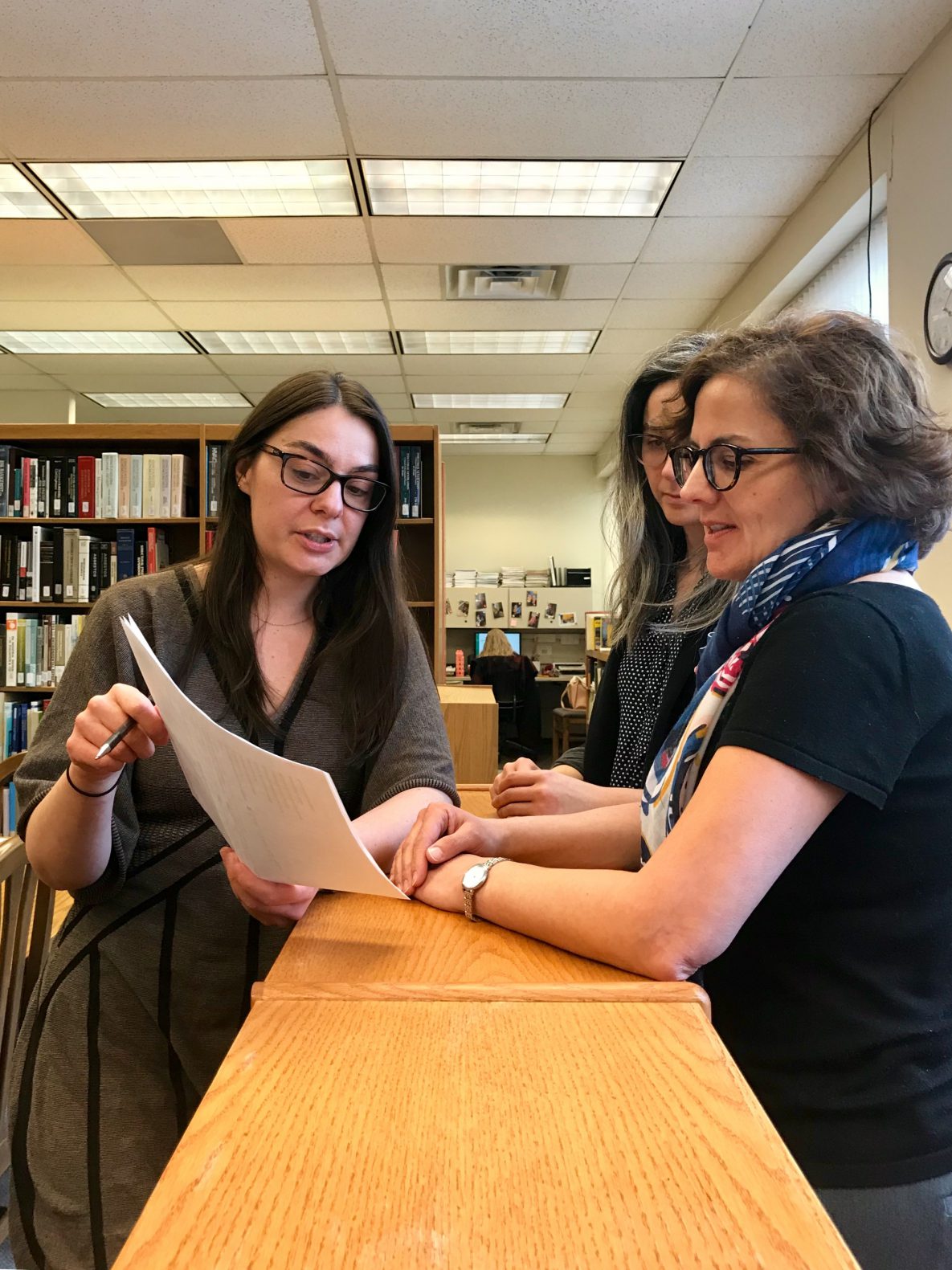Nonfatal Violent Workplace Crime Characteristics and Rates by Occupation — United States, 2007–2015
- From 2007–2015, 10.3 million nonfatal violent crimes took place in U.S. workplaces; that is approximately 8 nonfatal violent workplace crimes reported per 1,000 U.S. workers. The occupations with the highest rates of reported crimes were protective services, community and social services, healthcare, education, and transportation. The most commonly reported type of nonfatal violent crime was threat of assault (44%), followed by simple assault (37%), aggravated assault (13%), rape and sexual assault (3%), and robbery (3%). Fifty-eight percent of these crimes were not reported to police. Significantly more crimes against women than men were reportedly committed by offenders known from the workplace (34% versus 19%).
- Although it is well known that workplace violence can lead to negative health and work outcomes, this study contributed new data in order to better understand the breadth of nonfatal workplace violence incidences across the U.S. Future intervention efforts can target high risk occupation groups identified in research like ours.
- This information can help organizations and employers proactively implement violence prevention programs, training, and violent incident management – that is, knowledge around what to do to prevent violence, how and when to report a crime, being able to do so without fear of retaliation, and corrective actions that can be taken.
“Workplace violence can severely affect a worker physically and emotionally, and can hinder their ability to function in or return to the workplace. We found that nonfatal workplace violence often goes unreported to officials, so scientific research is important to help understand what occupations and groups of workers experience higher rates of violence. Our results support that violence prevention programs could be most effective if they are occupation-specific and incorporate differences in needs among employee subgroups, such as men and women.”
– Miriam Siegel, DrPH, EIS Class of 2017
 [PNG - 2 MB]
[PNG - 2 MB]Miriam Siegel, DrPH, EIS Class of 2017 (left), discusses analytic results with colleagues Candice Johnson, PhD, EIS Class of 2012 (center), and Christina Lawson, PhD (right).
CDC Media Relations
(404) 639-3286
media@cdc.gov

Miriam Siegel, DrPH, MPH,
EIS Class of 2017
CDC National Institute for Occupational Safety and Health
Division of Surveillance, Hazard Evaluations & Field Studies
Education: DrPH: University of Kentucky, 2016
MPH: University of Cincinnati, 2013
BA: University of Cincinnati, 2011
Work Experience: EIS Fellow, California Dept. of Public Health, Richmond, CA, 2016-Present
Teaching Assistant, University of Kentucky-Department of Epidemiology, Lexington, Kentucky, 2014-2016
Public Health Scientist/Pathways Intern, CDC/ National Institute for Occupational Safety and Health, Cincinnati, Ohio, 2012-2014
COPD Foundation Research and Teaching Assistant, University of Kentucky- Department of Preventative Medicine and Environmental Health,Lexington, Kentucky, 2013-2014
Westheimer Intern, Health Foundation of Greater Cincinnati (now
Interact for Health), Cincinnati, Ohio, 2012-2013
Volunteer Experience: Student Member, People of Color
Wellness Alliance (POCWA), Cincinnati, Ohio,
2011-Present